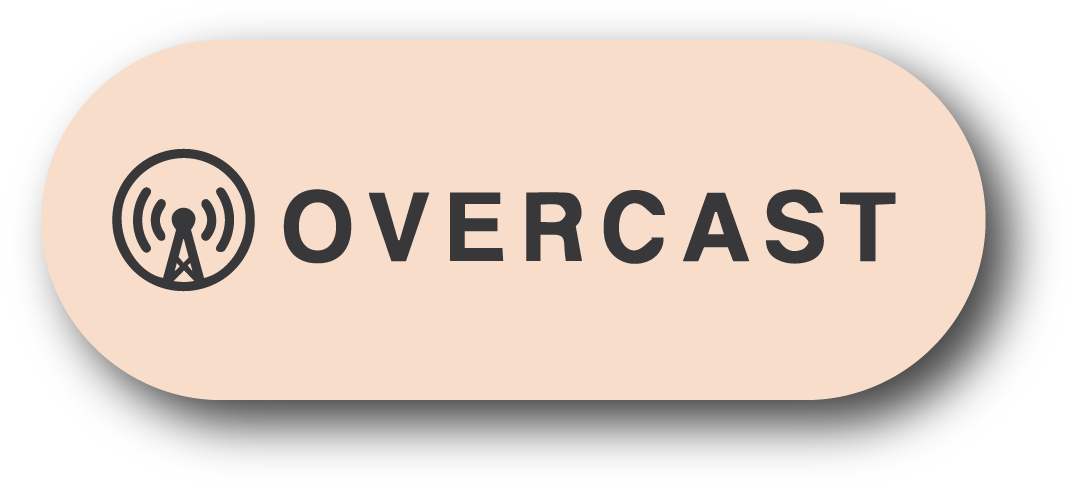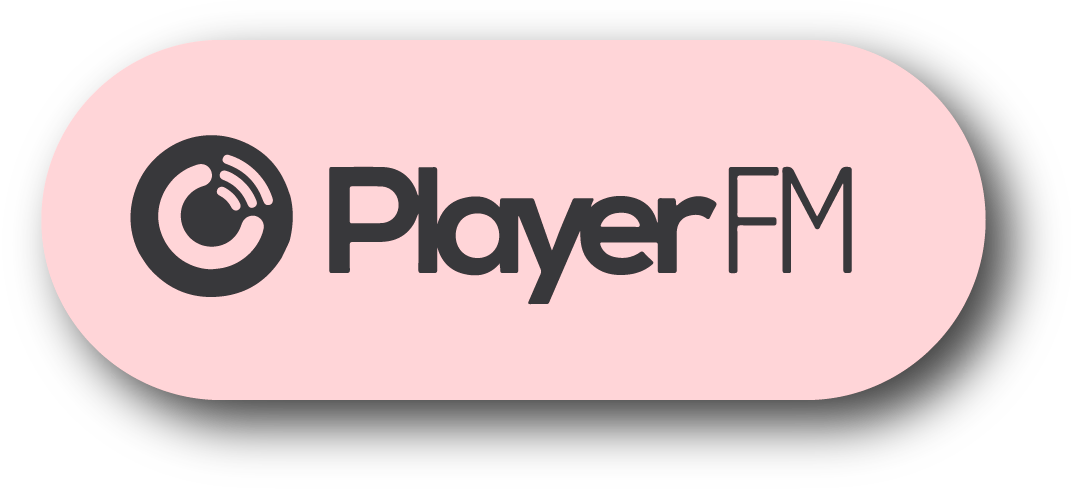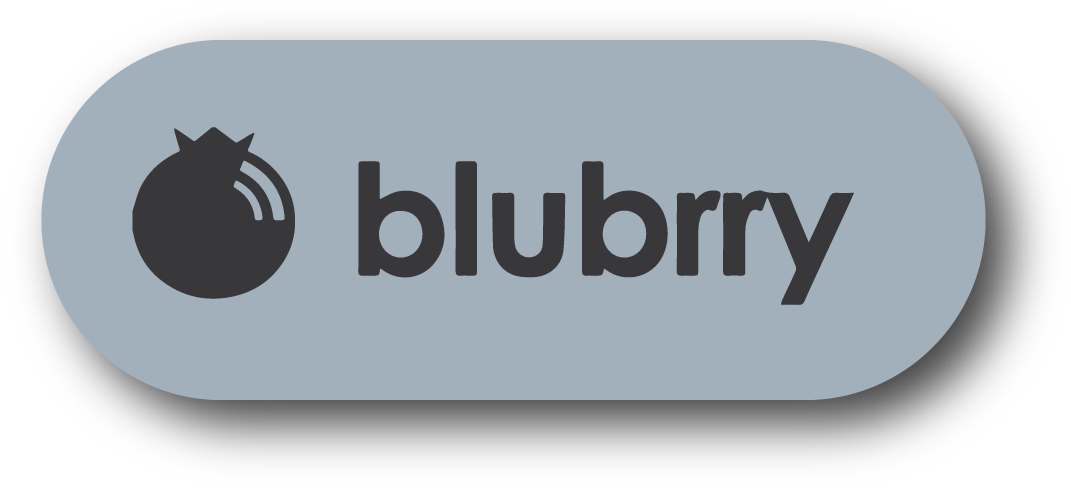#453 - BALANCING HOBBIES AND ARCHITECTURE
SUMMARY
This week David and Marina of FAME Architecture & Design discuss importance of having hobbies outside of architecture; making time for activities beyond architecture school; making passion into career; influence of external hobbies on architecture career; transitioning from school to work; nightmare stories; and more. Enjoy!
TIMESTAMPS
(00:00) Hobbies outside of Architecture.
“I found that having another craft to hone and to focus on was really important. It was like breathing… architecture was constantly inhaling, and music for me was like an exhale. It was the down to the up and I needed to be in that space. Did it inform my designs as a student? Does it inform how we think about architectural design today? Yes, it does. But I think more from an emotional and creative regulation standpoint, it was critical more for those purposes. I would not have sacrificed my time in the orchestras for more architecture at all.” (01:18)
(11:16) Importance of activities outside architecture school.
“Hobbies of any level, either high-commitment or small, enjoyable things, are very important. If you love plants and you like taking care of plants for three hours on the weekend, make sure you do that. Anything that brings you enjoyment, peace, and makes you feel good is some sort of hobby, and it’s crucial to exist. It doesn't matter how busy you are with your job; you should always find a little room for those things. Because I do believe that if you skip them, at some point, it accumulates. Your emotion, exhaustion, ability to think creatively, be social, or be in a good mood just degrade.” (13:56)
(17:53) Making passion into a career.
“The thing (hobby) that was just for you is no longer just for you. Because as soon as you have to make money for it, that means someone’s paying you for it, and now it’s about them. That’s the problem with [turning passion into a career]... You start worrying about the buyers, the market, the listeners, the clients, and you have to think about them to survive. But if you're an artist, do you really care about the people buying your work? It's naive to say that if you love architecture, then have your own practice so you could do architecture all the time, and that will equal a much greater chance of happiness. It's not true. Architecture is tough. You can't do architecture without clients who have a lot of money and without a good team. There's a lot of other stuff that has to fall into place for you to do work that makes you happy.” (18:57)
(22:56) Influence of passion on architecture career.
“A consistent trait in some of the most interesting and successful people in and outside of the architecture industry is that they produce things that are somehow a mixture of elements that you wouldn't expect to be together. There's something about their background, experience, and education that is a little bit different. Those spices mix together to make something special. Sometimes it's obvious, and other times it's very, very subtle. It’s very easy to make the mistake of dedicating too much time to architecture… because rich architecture is informed by a deep understanding of life, people, landscape, and everything else, so, if you're not out in the world experiencing those things to a degree, then it's really difficult for you to make astute observations about a site, a place, and people to then create great architecture.” (23:56)
(26:44) School vs Work.
(39:39) Transitioning from school to work.
(46:06) Nightmare stories.
(52:39) Making time for hobbies.
“Having a hobby is also another way for architects to connect with another body of people who are not architects. One of the risks of our profession is that, in the end, you only end up being surrounded by architects. So having another arm out there that's reaching out to a different pocket of people and communities is very healthy.” (59:09)
HAVE QUESTIONS OR SUGGESTIONS?
TEXT/CALL OUR HOTLINE
213-222-6950
#451 - THE VALUE OF DIVERSE PROJECT EXPERIENCE
SUMMARY
This week David and Marina of FAME Architecture & Design discuss the value of having different project experiences. They touched on working in different offices; project types in architecture school; how long to stay at an office; office fit & alignment; diverse project experiences; large vs small offices; the ideal first 10 years of an architecture career; changing office & pay raise; and more. Enjoy!
TIMESTAMPS
(00:00) Working in different offices.
(01:44) Project types in architecture school.
(07:56) How long to stay at an office.
(13:37) When to leave an office.
“How would I know when I should leave an office? Knowing when to trust your gut, I think that's hard to do when you're young. When you're working at your first office, you probably have a lot of feelings and thoughts about what is right and wrong in the office, but do you trust yourself and your opinions when it's your first job? Not as much as if you were an experienced person. Young architects think, “What do I know? Maybe all offices function this way. Maybe this is normal. Maybe it's okay that we're working late hours all the time. Maybe it's standard that the design quality is not there.” Architecture students are smart, and I think they should trust themselves more often because their intuition is right. When you're that young, though, the difficulty is knowing at what point is it enough wrongness to leave an office.” (13:39)
(20:13) Office fit & alignment.
“Everyone, even if you've just graduated or you're still in school, needs to think about what your larger career goals are. I'm not saying you must have those goals written in stone, and they're never going to change. But having those in the back of your mind and always thinking about them and tinkering on them as you move forward is important. Because it's very easy to let years go by and you realize, “I've never actually done the thing that I was first interested in, or I'd never have completed this learning objective I had.” So always having that career goal in the back of your mind is important.” (20:50)
(29:03) Diverse project experience.
“Seeing all the different colors of project types is super helpful for your own creative skills to be able to problem solve and create. It stimulates things a bit more than if you're always playing in the same field with the same tools, because that's when repetition happens. Getting curveballs thrown at you all the time just makes you more resilient and potentially more desirable for clients and offices because you have a broader understanding and approach to things. It doesn't mean that you can't be an expert at things if you know multiple of them. I feel like there is more creativity in someone who has more diverse experience than someone who doesn't.” (29:40)
“It's good to have a taste of all the different people and processes out there. It tells you what is right and what is wrong in a way that is more truthful, because you've seen a big sampling of how it's done. The danger for people who have only worked at one place is that they think that's how it's done, and that is the way. Oftentimes, that is not the only way, and that might not be the way at all it should be done.” (38:48)
(41:48) Large vs small scale design.
(50:44) Large vs small office.
“I love and hate big offices. I love it because I love the energy and the complexity. I just love the idea of things being productive. An office with 100 people and everybody's working on creating, building, and solving things, it’s just super exciting. At the same time, I hate all the politics that come with big offices. The initiatives, promotions…let's call it ‘bullshit’ that needs to be there. If the office is composed of different studios and everybody has their team, you're all working for the same company but you're all competing against each other. I don't like that at all.” (52:12)
(57:17) Ideal 10 years of architecture career.
(59:07) Changing office impact on pay.
“Switching around offices when you're younger is a good way to jump up in the pay rate a little bit quicker than if you are staying at the same place for a few years. Once you stay at the same office for a few years, your promotion rate is only a few percent of your pay, so that never really makes up for the difference if you were to switch offices. Changing offices is the fastest way to get a decent pay rise.” (59:46)
HAVE QUESTIONS OR SUGGESTIONS?
TEXT/CALL OUR HOTLINE
213-222-6950
#445 - BEHIND THE SCENES OF SECOND STUDIO PODCAST
SUMMARY
This week David and Marina of FAME Architecture & Design discuss the behind the scenes of running the Second Studio Podcast. The two discussed the Second Studio Podcast dynamic; behind the scenes of the guest episodes; work life balance of architecture and podcast; authenticity in podcast; enjoyment as podcast host; dealing with social media audience; the architecture discourse; creating systems; advice on starting an architecture podcast; and more. Enjoy!
TIMESTAMPS
(00:00) The Second Studio Podcast dynamic.
(10:29) Guest episodes behind the scenes.
(14:43) Work-life balance of architecture and podcast.
“Setting a schedule and having a regular pattern is key. If you have your own business and you're trying to start a podcast, it’s important to allocate a specific time to do it, make sure that you're going to do it, and that it doesn't impact everything else in the office. You have to create boundaries and partition between things. You have to ‘Severance’ yourself according to the schedule you've created.” (16:08)
(20:24) Authenticity in podcast.
(23:38) Enjoyment as a podcast host.
(26:10) Dealing with social media audience.
(38:15) Architecture discourse through the podcast.
“What is the biggest problem facing architecture today? It’s the fact that no one outside of architects understands, cares, or values what we do. That's the biggest problem. It's not just a problem for the profession, it's a problem for the world because architects, I fundamentally believe, do have a lot of value to provide in terms of beauty, design, and sustainability. And if people don't understand that, that's a massive problem. It's something that's not thought about and not interrogated in a rigorous manner.” (45:52)
(48:28) Creating systems.
“The other thing that was key for us very early on was to create systems. In the studio, we have certain things that are always there and set up. You just have to be organized. It's the key to anything. It makes your life easier because then you don't have to think about all of those things when time comes. So, creating systems from the beginning, like folder structure, graphics, website, etc. Once you set it up, it's always the same. You make it once, and you repeat it, and that's it. Then it gives you time to focus on just the content, and you don't have to worry about any of that logistical stuff.” (48:46)
“It seems counterintuitive that you would create a hardcore structure to have freedom. But you need to have that structure to have freedom. Especially now we have so much stuff to deal with technology-wise, and everything's more complex. You could be the 1 in 1,000,000, but if you don't want to make that bet, then to be successful, you have to have those hyper-structured systems and organizations in place for the creativity to be there.” (50:07)
(52:07) Architecture office and podcast symbiotic relationship.
(56:17) Advice on starting an architecture podcast.
“If you allow the goal of achieving wild success to be the goal and motivation [for running a podcast], then you're not going to succeed. The motivation has to be the joy of doing it. The pursuit of happiness is not necessarily the end product. The happiness is in the process of doing it.” (57:13)
(01:02:25) Second Studio podcast structure.(48:28) Creating systems.
“The other thing that was key for us very early on was to create systems. In the studio we have certain things that are always there and set up. You just have to be organized. It's the key to anything. It makes your life easier because then you don't have to think about all of those things when time comes. So, creating systems from the beginning, like folder structure, graphics, website, etc. Once you set it up, it's always the same. You make it once, and you repeat it, and that's it. Then it gives you time to focus on just the content, and you don't have to worry about any of that logistical stuff.” (48:46)
“It seems counterintuitive that you would create a hardcore structure to have freedom. But you need to have that structure to have freedom. Especially now we have so much stuff to deal with technology-wise, and everything's more complex. You could be the 1 in 1,000,000, but if you don't want to make that bet, then to be successful, you have to have those hyper-structured systems and organizations in place for the creativity to be there.” (50:07)
(52:07) Architecture office and podcast symbiotic relationship.
(56:17) Advice on starting an architecture podcast.
“If you allow the goal of achieving wild success to be the goal and motivation [for running a podcast], then you're not going to succeed. The motivation has to be the joy of doing it. The pursuit of happiness is not necessarily the end product. The happiness is in the process of doing it.” (57:13)
(01:02:25) Second Studio podcast structure.















